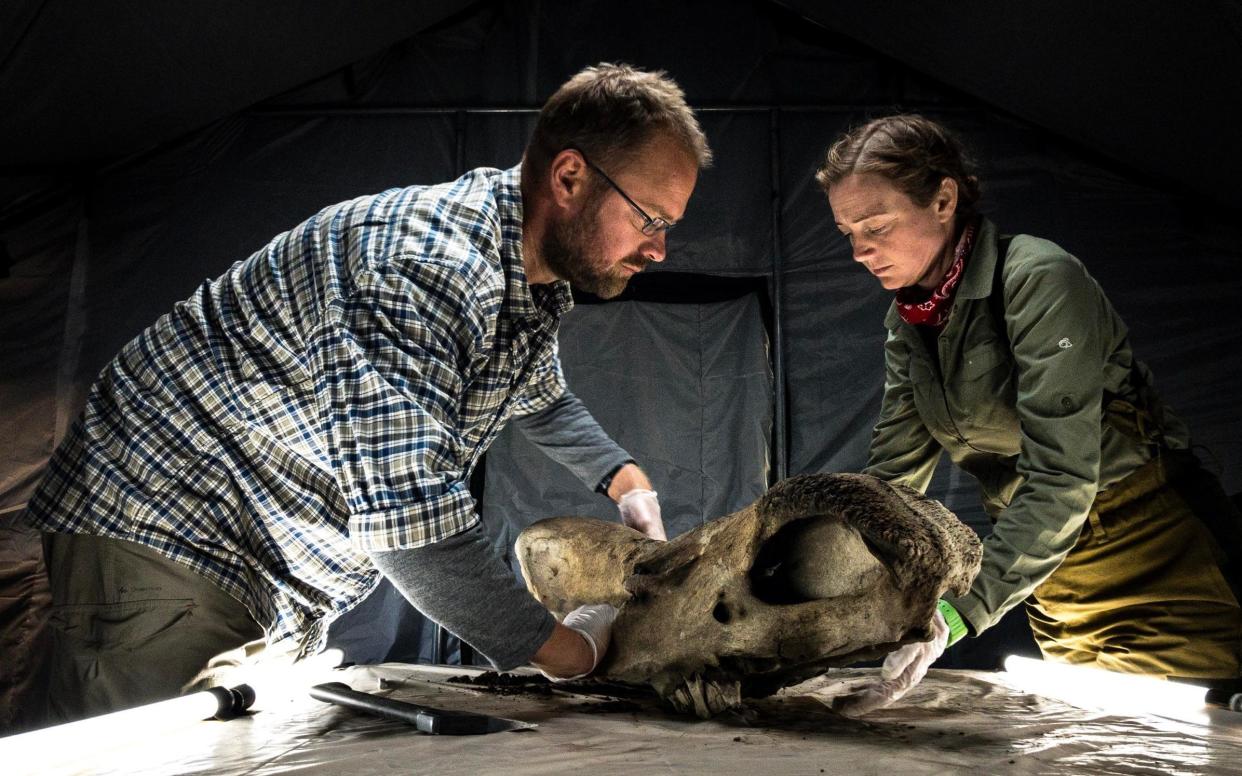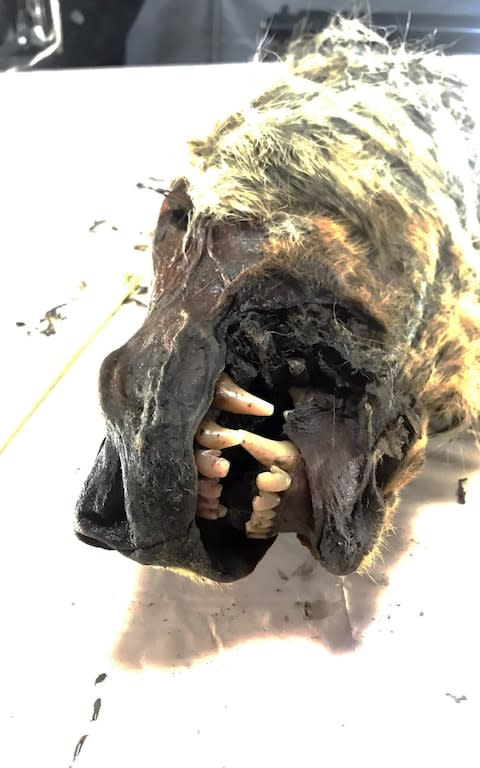Ice Age: Return of the Mammoth review: remarkable discoveries that feel like a Jurassic Park sideshow

With its spectacular mullet of hair, the woolly mammoth was like the Chris Waddle of the Ice Age, but the ancient beast vanished from Earth 10,000 years ago. And while you might think that we’ve seen the last of the shaggy herbivore, it is, rather startlingly, about to make a comeback.
Ice Age: Return of the Mammoth (Channel 4) was an attempt to explain how, but not so much why. Deep in the Arctic Circle, a group of scientists enter a set of tunnels wherein lies a cemetery of perfectly preserved remains. Tusk hunters have been digging there for years, since one tunnel can provide up to five sets of tusks worth £50,000. But more mindful geneticists are looking to take samples of DNA.
Their finds were quite remarkable – the frozen remains of bison, woolly rhinos and mammoth, as well as a cave lion cub with its 40,000-year-old tongue and whiskers still intact. They also, with rather destructive force, unearthed a soup of mammoth bones buried beneath the quicksand of the Siberian riverbed.

The film moved from cave to classroom in order to track the animal’s ancestry, but there was no real fanfare for their findings. Harvard University geneticist Professor George Church has dedicated the last 10 years to bringing the woolly mammoth back to life. He plans to engineer the Asian elephant with the DNA of the mammoth to create a hybrid. Within the next decade, his “mammophant” is a very realistic prospect, but while the research no doubt revolutionises our picture of the Ice Age world, the endgame all feels a bit Jurassic Park, and we all know what happened there.
With the ethics of gene editing and the risk of the new species becoming a sideshow, it comes down to not whether they could bring the woolly back, more whether they should.

